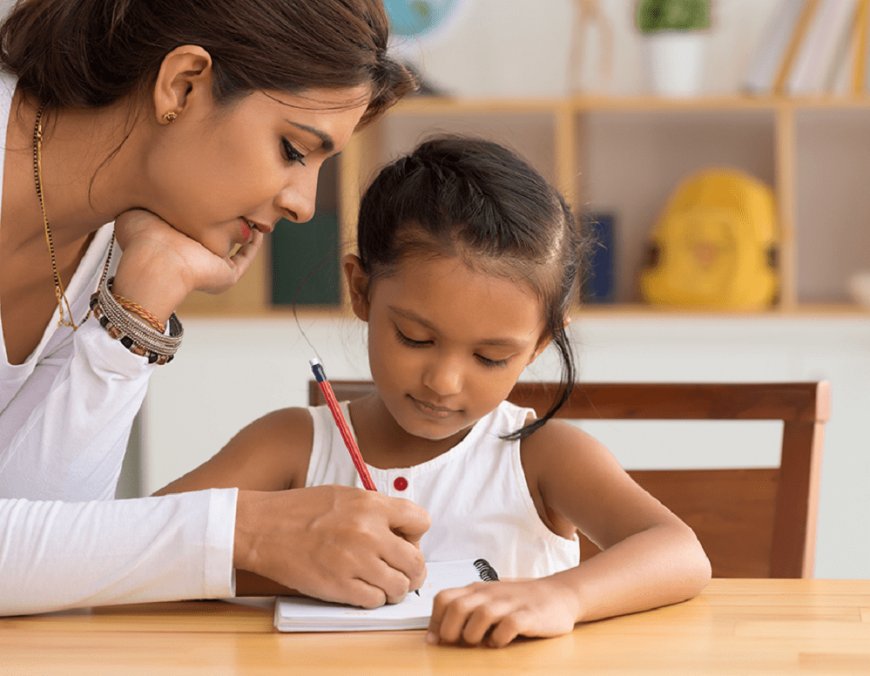What to do to improve the child hand?
improving the child's hand, developing dexterity and precision of hand and finger movements. Read what to do to improve your child's hand.

It is worth introducing exercises for the development of fine motor skills to play with a child, i.e. improving the child's hand, developing dexterity and precision of hand and finger movements. Read what to do to improve your child's hand.
Exercises to improve the child's hand are recommended for children who are just starting their adventure related to drawing, cutting, painting, pasting, i.e. for one-year and two-year-old toddlers. They are also good for preschool children who have difficulty grasping their writing utensils correctly, use the wrong hand pressure (too light or too strong), dislike drawing or their drawings are still at scribble level with no recognizable elements despite having graduated from 4th year of life.
What to do to improve the child's hand: exercises to improve manual skills
- Drawing along the trace
- Drawing patterns and patterns
- Creative, free scribbling on a sheet of paper in any technique, e.g. painting to the music
- Playing with plasticize, modeling clay or salt mass
- Rolling, kneading tissues, scarves, paper into small balls with your fingers,
- Creative games consisting in cutting out and sticking, e.g. creating a pen with animals together
- A game of pinning with tweezers (i.e. using only the thumb and index finger) of the clothespins on the dryer cord
- A game of fleas, chess pieces, bowling, having fun
- Building a tower from blocks or playing cards
- Tapping a balloon or a light ball - first with the fingers of the right hand, then with the left hand
- Drawing with your fingers in the air or on the parent's back of a specific object
- "Walking" with the fingers of the hand on the table, tapping - once with the fingers, once with the whole palm - various rhythms or imitating the playing of the piano and drums
- Games such as: "The chimney sweep is coming up the ladder", "The poor man's cancer is coming".
Must Read: How to teach a child to count? Review of methods
What to do to improve the child's hand: rhythmic rhymes and rhymes
Young children love so-called games. Finger. Using fairly simple poems, they enrich their vocabulary, practice speech development, and build emotional bonds with their parents. You can come up with completely new, funny texts with your child, describing, for example, preparing a pizza on the child's back, making cookies or an animal race from an exotic safari. Here is an example rhyme, perfect for games of this type:
A swift river flows this way,
(Wavy movement from head to hips)
You're walking on high heels,
(Tapping index fingers along the spine)
Here the big horses ran,
(Tapping fists along the spine)
Fat elephants passed this way,
(Tapping hands arranged in the shape of a boat)
And here comes a pinch,
(Slight pinching from the cross to the head)
Two suns shone,
(Open hands, fingers joined, circular massage)
A tiny rain has fallen,
(Light tapping with all fingers)
Have you had a thrill yet?
(Slight pinching of the neck).
What to do to improve the child's hand: correctly hold the crayon
Parents should pay attention to this problem from the very first moments when a child starts reaching for crayons. Especially in preschool age, the child should learn to hold the crayon properly, as it is one of the elements of checking school readiness. The child should hold the crayon in three fingers: between the thumb and the slightly bent index finger, additionally resting it on the middle finger. The whole hand should lightly touch the sheet of paper. Also, make sure that the child supports the paper with the other hand. Here's how to help you learn to hold the crayon correctly.
Provide your child with crayons with a triangular cross-section or a special correction overlay for writing instruments. They help to hold the pencil more firmly in the hand, forcing the correct grip, as it were. Thanks to this, in the future, the child will do it automatically. There are overlays for right- and left-handed children.
Science makes perfect, so it is worth providing your child with many different types of coloring pages - let them practice their fingers in the correct grip.
